Canada is perhaps not one of the classic big chess countries, and it may have come as a surprise to some that the Candidates Tournament and the Women's Candidates Tournament, have been awarded to Canada. This has a lot to do with one of the main sponsors of the Candidates, the Scheinberg family, which is based in Toronto, Canada. And Canada has a long and rich chess history.
The Canadian Chess Federation
Organised chess in Canada dates back to 1844, when Canada's first chess club was founded in Montreal. In 1894 Montreal was also one of the venues for the world championship match between Wilhelm Steinitz and Emanuel Lasker. However, most of the games of this match were played in the USA.
A Canadian Chess Association was founded in Hamilton in 1872 to organise Canadian national championships. This was replaced in 1932 by the Canadian Chess Federation (CCF), in which for the first time all the major cities of the country were represented with their clubs. In 1945 the Federation was renamed Chess Federation of Canada. This was to avoid confusion with the "Co-operative Commonwealth Federation" (also CCF). The Canadian Chess Federation is based in Ottawa and has published the bimonthly magazine "En Passant" since 1979.
Tournaments
In addition to the closed Canadian National Championships, there have also been open championships since 1956. The 13-year-old Bobby Fischer was one of the participants in the first of these tournaments, but still had a lot to learn.
Over the years, Canada has hosted some outstanding tournaments and matches. In 1957, the World Junior Championship was held in Toronto. Fischer's friend and mentor Bill Lombardy won. In 1967, to celebrate Canada's centennial, an invitational grandmaster tournament was held in which Bent Larsen and Klaus Darga finished shared first. In 1971, Bobby Fischer defeated Mark Taimanov 6-0 in their legendary candidates' match in Vancouver. An outstanding super tournament was also held in Montreal in 1979, with Anatoly Karpov and Mikhail Tal as the winners. Another major tournament, the World Chess Festival, was held in St John in 1988. During the festival Kevin Spraggett won his Candidates match against Andrei Sokolov. The following year Spraggett was beaten by Artur Yusupov in Quebec.
Players
One of the outstanding personalities in Canadian chess history in the middle of the last century was Daniel Abraham (Abe) Yanofsky (1925 - 2000). Yanofsky was born into a Jewish family in Brody, which at the time of his birth belonged to Poland and is now in western Ukraine. The family emigrated to Canada when Daniel Yanofsky was eight months old and settled in Winnipeg.
Yanofsky learnt chess when he was eight years old. By the age of 12, he had already won the Manitoba provincial championship and participated in the Canadian national championship. In 1939 he was a member of the Canadian national team at the Chess Olympiad in Buenos Aires - at the age of 14. With 13.5 points, Yanofsky achieved the second-best result behind Miguel Naidorf (Poland) on board 2. But he did not win a medal for this result because Canada had only reached the B final, where the team finished second, 17th overall.
Yanofsky took part in ten more Chess Olympiads until 1980, until 1970 he played on board one. After the 1964 Chess Olympiad he became a Grandmaster. Yanofsky was the first Grandmaster of his country and even the first Grandmaster of the entire British Commonwealth.
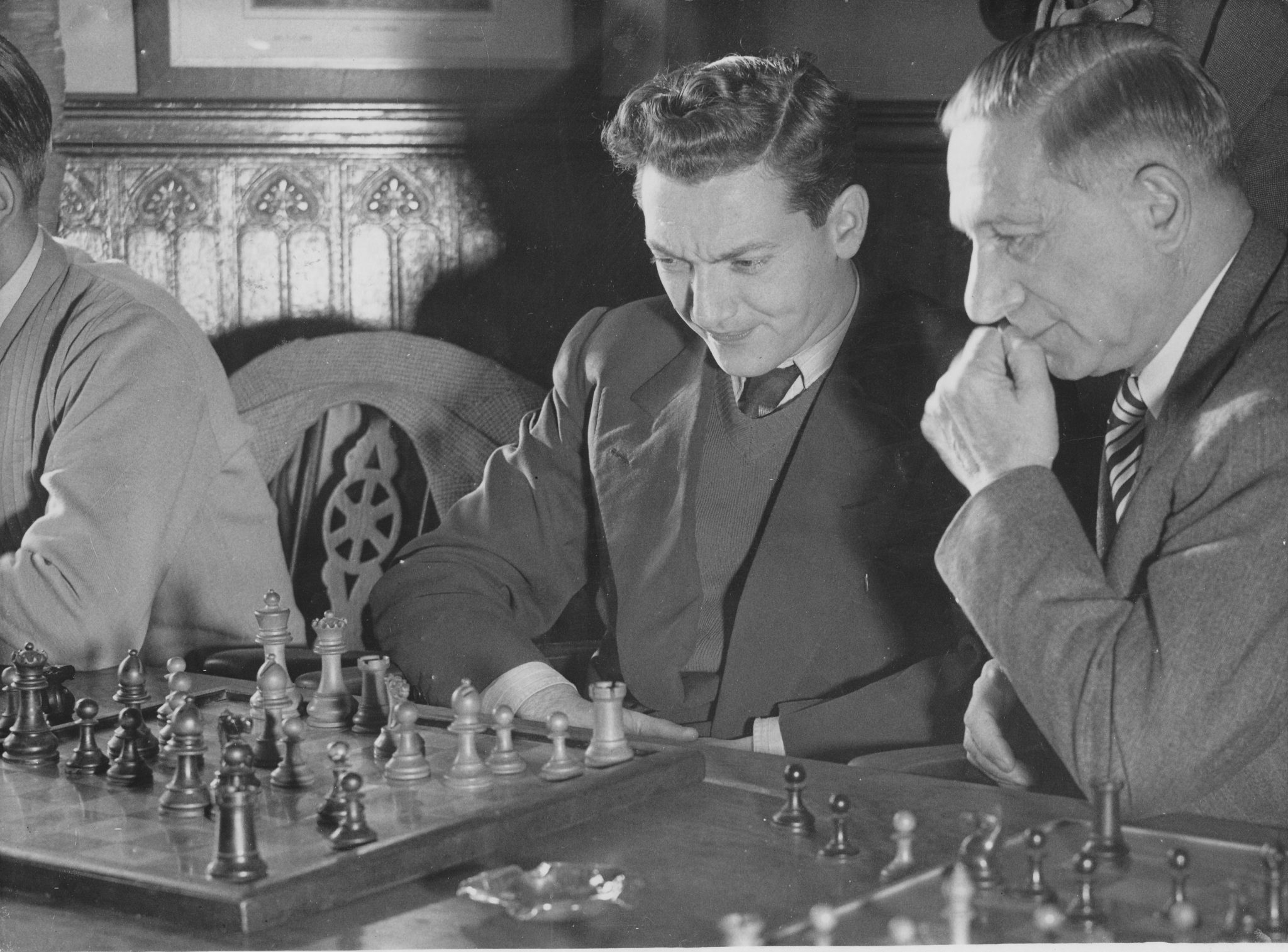
Daniel Yanofsky (left) with Edward Lasker (Photo: British Columbia Chess History)
During the war, Yanofsky had won several tournaments in Canada and the USA and after the war was one of the participants in the first major international post-war tournament, the Staunton Memorial in Groningen in 1946.

The Canadian finished tenth and was one of two players to beat tournament winner Botvinnik. The other was Najdorf. Yanofsky received the brilliancy prize for his victory.
_REPLACE_BY_ADV_1
Yanofsky also played in two interzonal tournaments, in 1948 and 1962, and won the British National Championship as a Commonwealth participant in 1953. Yanofsky played most of his tournaments in Canada and some in Israel. In the 1968 Netanya tournament, Yanofsky finished second behind Bobby Fischer. He drew against Fischer. Between 1943 and 1965, Yanofsky won the Canadian National Championship eight times, a record he shares with Maurice Fox. Yanofsky played his last tournament games in 1989.
Yanofsky was never a professional chess player, but worked first as a research assistant at the University of Winnipeg and then as a lawyer with his brother Harry in their joint law firm. He was also active in politics and held various offices in Winnipeg. Yanofsky received several awards and honours for his achievements in various fields.
Yanofsky's contemporary Frank Andersson (1928-1980) was also a very strong player, but suffered from chronic rheumatism, which severely limited his career as a tournament player. Otherwise he would probably have become a grandmaster.
Canada's second Grandmaster was Duncan Suttles. Born in San Francisco in 1945, he came to Canada at the age of eight when his father took a job as a professor in British Columbia. At the age of 15, Suttles was a participant in the 1961 Canadian Championships. In 1965, he played in the Under-20 World Championships and won the B final, finishing ahead of players such as Raymond Keene and others.
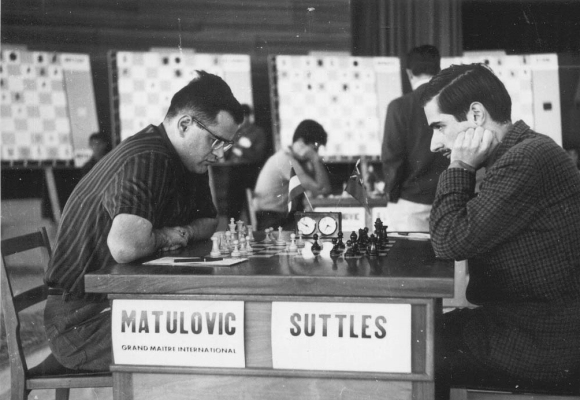
(Photo: British Columbia Chess History)
Between 1964 and 1984 Suttles took part in eight Chess Olympiads with the Canadian team, three of his last four appearances on board one. He was awarded the title of Grandmaster by FIDE in 1972.
In addition to his professional work as a mathematician, first at university and later in industry, Suttles played in a number of tournaments. He won the Vancouver Open in 1981, beating Anthony Miles and Yasser Seirawan. A follower of Nimzowitsch, Suttles cultivated an eccentric style of play, with a penchant for unusual openings and tactical skirmishes. His last international appearance was at the 1984 Chess Olympiad.
Canada's third grandmaster was Peter Biyiasas, who was born in Athens in 1950 and grew up in Vancouver. He won the Canadian National Championship in 1972 and was a member of the Canadian team at four Chess Olympiads from 1972 to 1978.
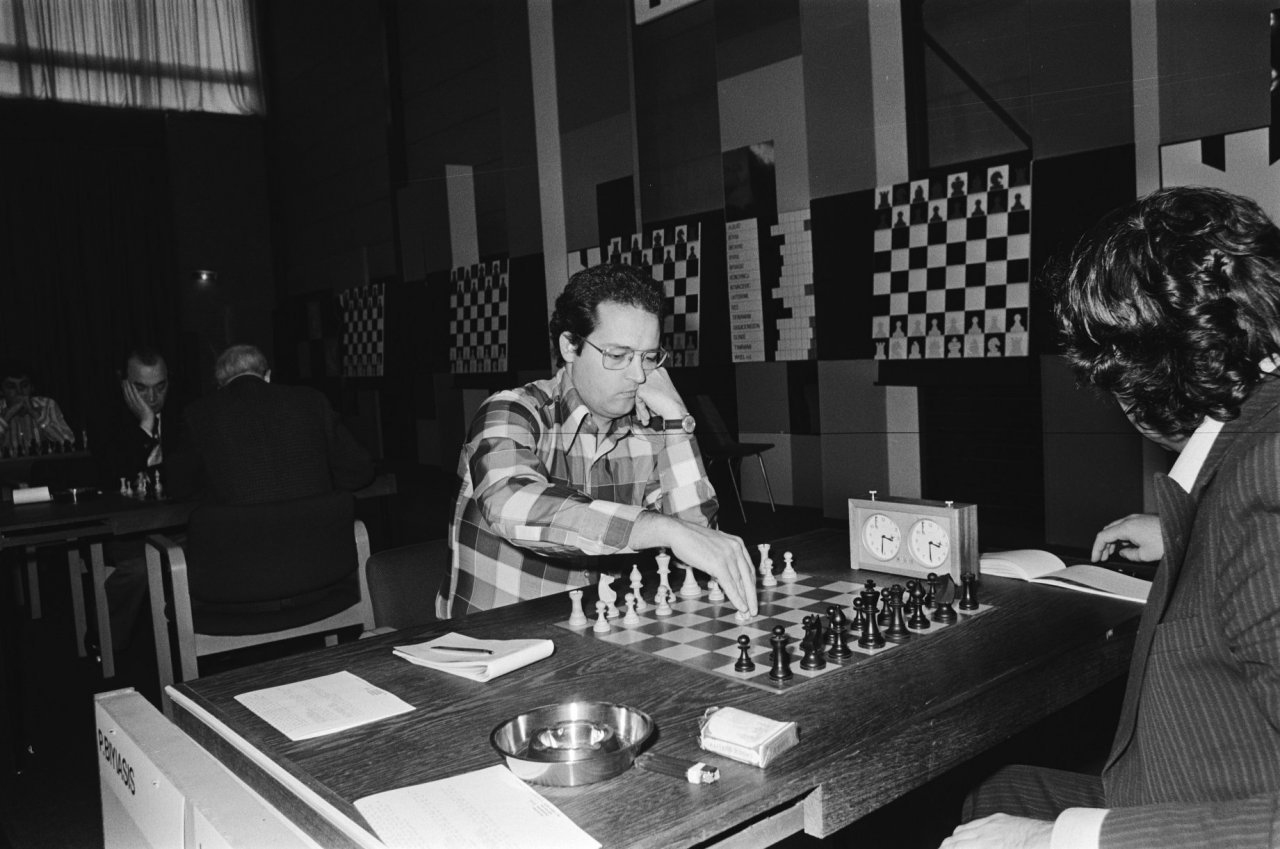
Peter Biyiasas (Photo: British Columbia Chess History)
In 1972 he won the individual bronze medal on board 4, in 1976 he won bronze on board 2 and in 1978 silver on board 1. In 1978 he became a Grandmaster. In 1980 Biyiasas changed federations and started to play for the USA.
Legend has it that in 1981 Bobby Fischer, who was in hiding, stayed at Biyiasas' place for a while. During this time they once played a blitz match which Fischer won 17-0. Biyiasas retired from tournament play in 1985.
Kevin Spraggett, born in Montreal in 1954, is the fourth Canadian who became a Grandmaster and the first who was born in Canada. Spraggett is regarded as the best Canadian player in history.
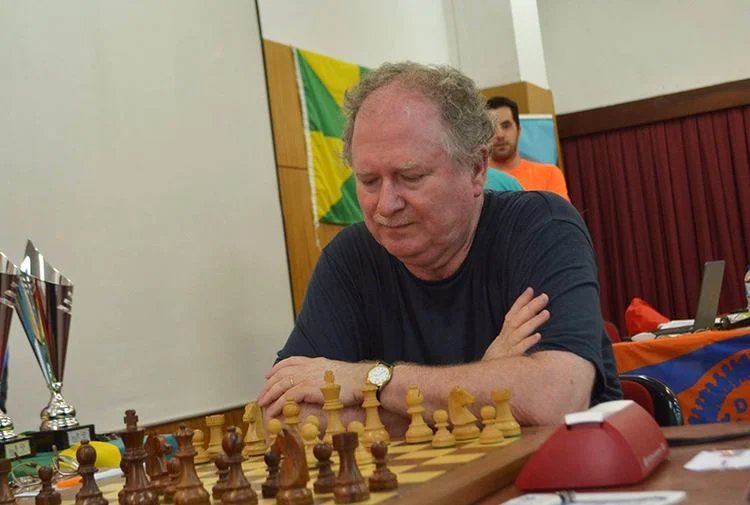
Kevin Spraggett
He began playing tournament chess in the early 1970s and became a professional chess player in 1980. He achieved a number of notable successes, including winning the US Open in 1983 and the Commonwealth Championship in 1985. Between 1984 and 1996, Spraggett won the Canadian National Championship five times and the Canada Open eight times. Between 1986 and 2002 Spraggett represented Canada in eight Chess Olympiads.
Another important player in Canadian chess history was Alexandre Lesiege. Born in Montreal in 1975, he started playing chess at the age of six. At the age of 14 he won the Canadian Junior Championship in 1989 with 10 wins and one draw. In 1992 Lesiege became the second youngest Canadian national champion after Yanofsky.
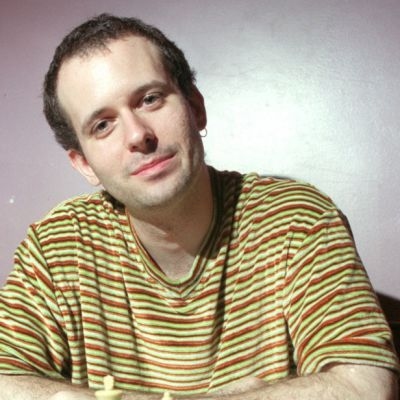
Alexandre Lesiege
In 1993, he took part in the Interzonal Tournament in Biel. In 1992, 1998, 2002 and 2016, he was a member of the Canadian team at the Chess Olympiads. FIDE awarded him the title of Grandmaster in 1998.
Immigrants, emigrants and streamers
After World War II, several strong players from Eastern Europe emigrated to Canada - the best known names are Fyodor Bohatirchuk, Paul Vaitonis and Geza Fuster - and enriched the Canadian chess landscape.
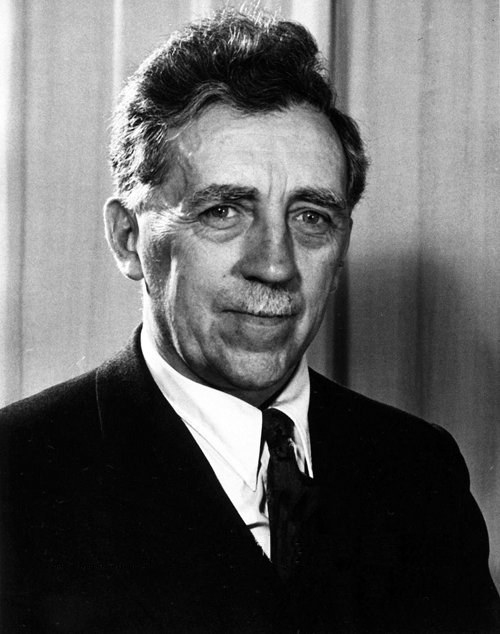
Fyodor Bohatirchuk
The Ukrainian Bohatirchuk was one of the strongest players in the Soviet Union in the 1920s and came to Canada via West Germany in 1949. He represented Canada at the 1954 Chess Olympiad.
In 1980, Soviet Grandmaster Igor Ivanov used a stopover in Gander on a flight from Havana to Moscow to escape. Within a short time, Ivanov was Canada's top player. He won the Canadian championship in 1981, 1986 and 1987. In the 1981 World Championship match against Anatoly Karpov, Ivanov was one of Viktor Korchnoi's seconds. At the 1982 and 1988 Chess Olympiads, Ivanov played on the first board of the Canadian team. In 1990 he moved to Utah and joined the US federation.
Former U16 world champion Evgeny Bareev emigrated from Russia to Canada in 2006 and lives in Toronto. Bareev also joined the Canadian Federation in 2015 and is number one in the Canadian rankings ahead of grandmaster Eric Hansen. Together with fellow Canadian grandmaster Aman Hambleton, Hansen runs the video streaming channel "Chessbrah".
In women's chess, Zhou Qiyu ("Nemo") and Vancouver-based Alexandra and Andrea Botez have achieved a high profile, particularly through their activities on social media. The Botez family traces its roots to Romania. The sisters were born in Dallas, USA.
_REPLACE_BY_ADV_2
Kevin Spraggett has been mentioned as the strongest Canadian-born Grandmaster. In fact there was a Canadian-born Grandmaster who was probably even better. Joel Lautier was also born in Canada. The family emigrated to France when Lautier was nine years old. Lautier became the best player in France. However, he retired from chess a long time ago.
Paul Keres
Paul Keres plays a special role in Canadian tournament history. He visited Canada several times.
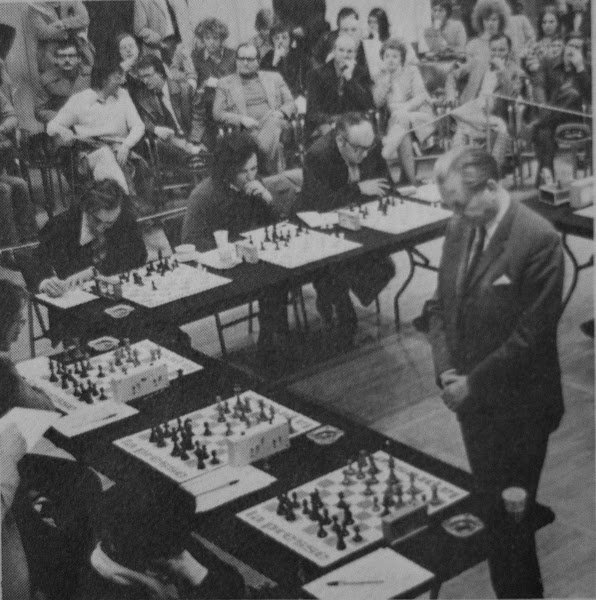
Paul Keres at a simul in Quebec 1975
On his return journey from the 1975 Vancouver Open, which Keres had won, the Estonian and Soviet top player died during a stopover in Helsinki. Since then, a memorial tournament has been held regularly in Canada in Keres' honour.
This is Keres' last tournament game, played at the Vancouver tournament 1975.
Links
The man who was Dr. Zhivago
More about Paul Keres...































